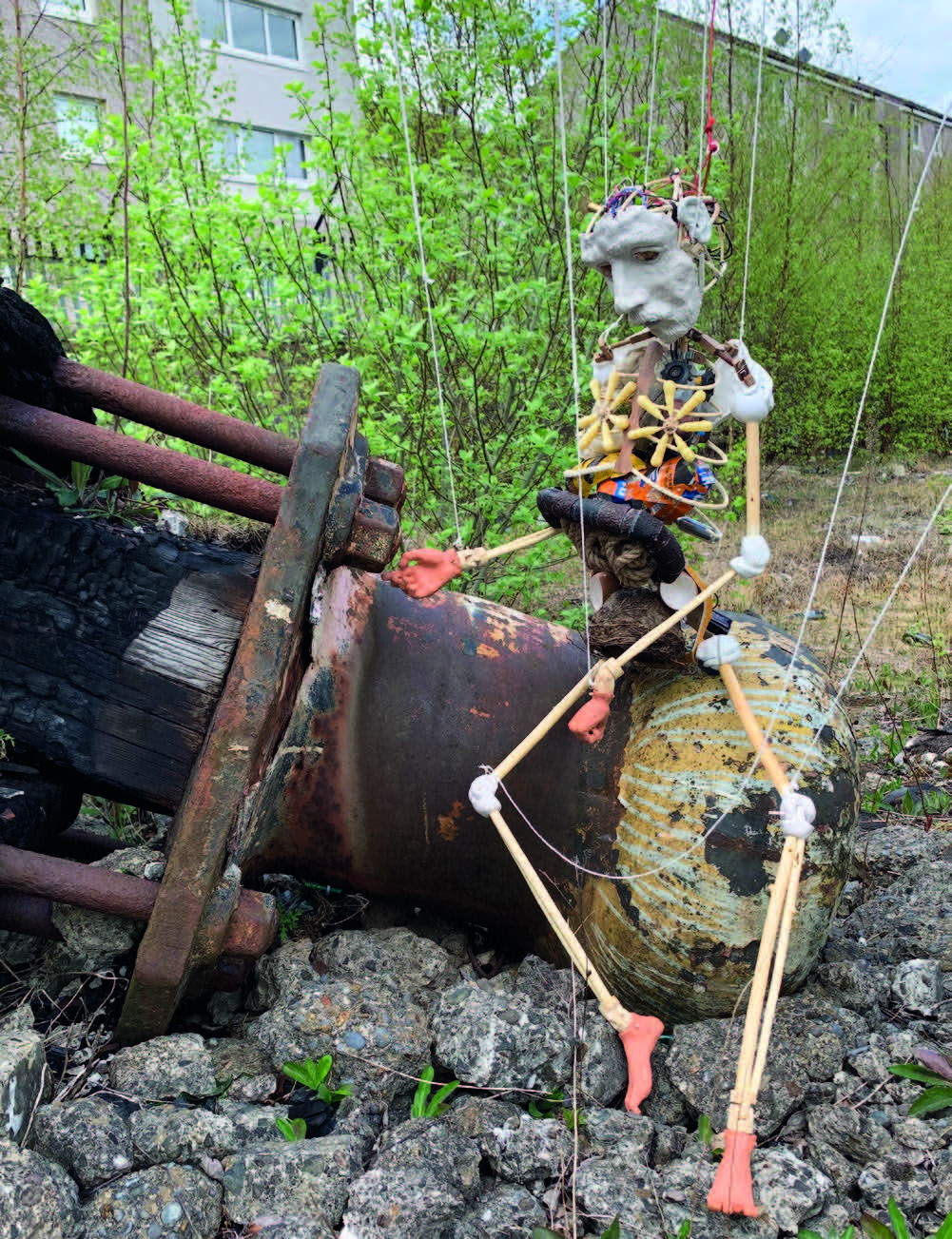Our Thesis explores ways in which people can meet with Govan Graving Docks, through direct material en-gagement. Growing on a rhizomatic structure, these explorations are set in the context of the Posthumanist and New Materialist philosophies and critiquing the capitalist objectification of landscapes.
Graving Docks is one of the last remaining organs of Glasgow’s shipbuilding industry but due the increasing effects of climate change, soon they too will disappear under the Clyde. While the memory of the shipbuilding industry is remembered with pride and great sense of loss, its history is tainted with both human and nonhu-man objectification and exploitation.
Since their abandonment in 1987, Graving Docks have transformed their bodily image through dereliction and opened up towards a multiplicity of nonhuman actants. Could this be an invitation for rehabilitation?
Despite the fact that the body of Graving Docks is marked with contamination, organic life has returned to the once bare and torn lands. The sensory experience of their landscape blurs the boundaries between life and death, human and nonhuman and culture and nature. But proposals for redevelopment disregard the existence of this newly emerged ecosystem and they desire to tame the Docks once more.
Through care, kindness and nonhuman kinship, our Thesis explores multiple ways in which the human body and the body of Graving Docks can become entangled and form an assemblage of mutual becoming.

